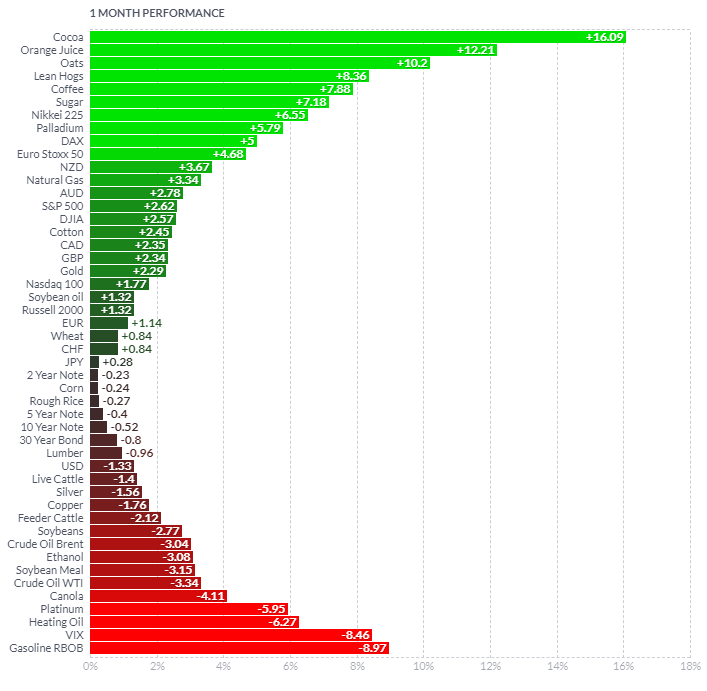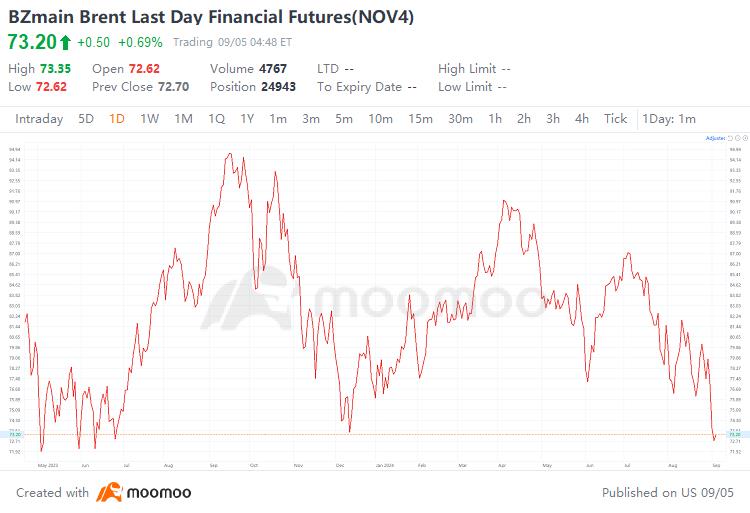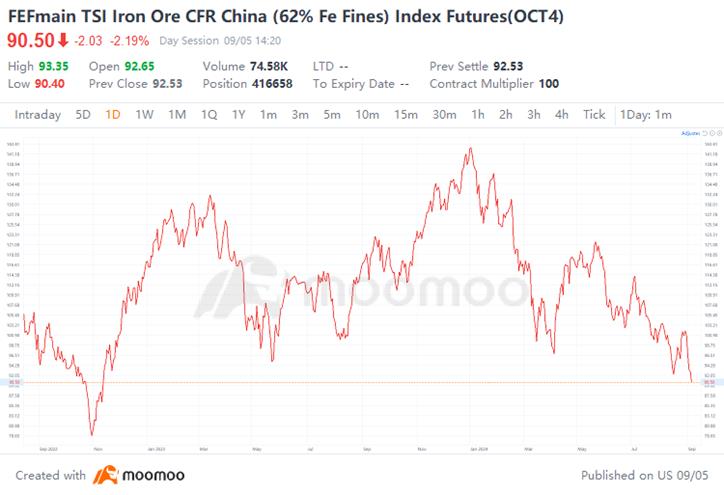TSLA
Tesla
-- 462.280 NVDA
NVIDIA
-- 140.220 PLTR
Palantir
-- 82.380 AMD
Advanced Micro Devices
-- 126.290 MSTR
MicroStrategy
-- 358.180 
However, with demand set to slow after summer, and both OPEC and non-OPEC supply to increase from the fourth quarter, we foresee a softening balance, turning to surplus in 2025.
Many of the steel mills have to cut down production until the industry gets a tighter balance. We think there's still space for the iron ore price to come down to $90 per tonne.
Softer-than-expected China commodity demand, as well as downside risks to China's forward economic outlook, lead us to a more selective, less constructive tactical view of commodities.
Commodity secular bull market in the 2020s is just getting started as debt, deficits, demographics, reverse-globalization, AI & net zero policies are all inflationary.






warmhearted Puppy_93 : Thank you for the update.
XJ3005 : Atlas Shrugged or Return Of The Jedi.
74423696 : I love that. It’s Fantastic